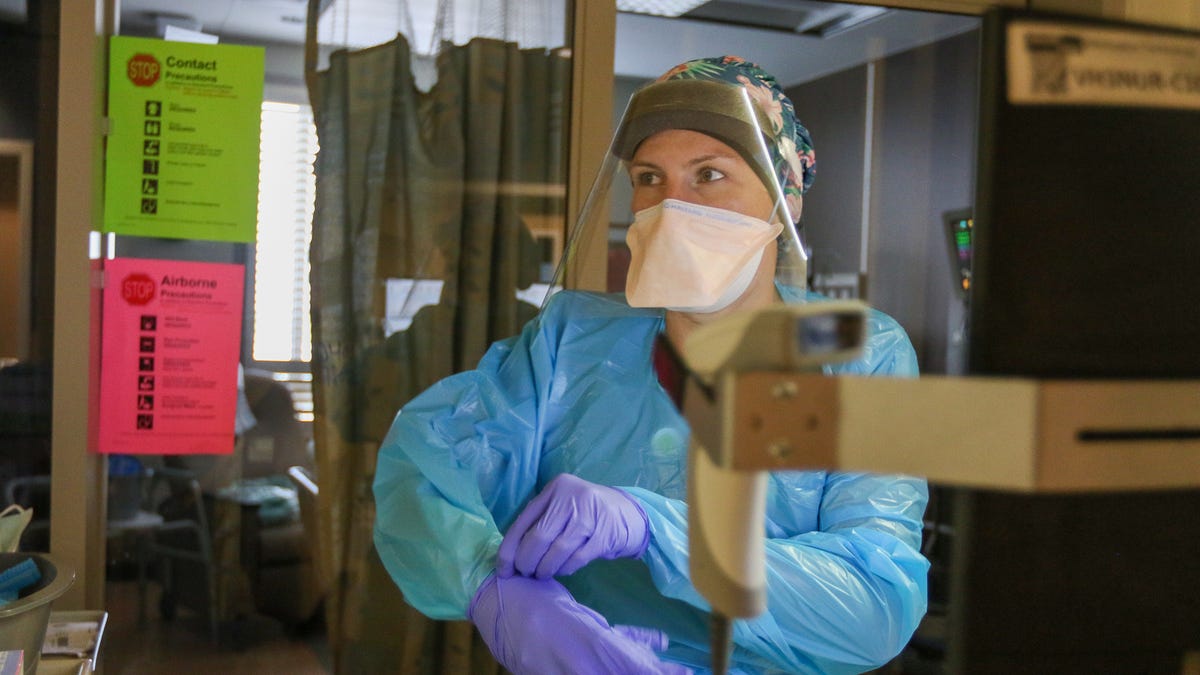COVID-19 cases across Florida more than doubled over the course of a week, according to data released by the Florida Department of Health on Friday.
From Dec.10 to Dec.16, Florida had 29,568 COVID-19 cases and 134.6 cases per 100,000; the week prior, Florida had 13,530 COVID-19 cases and 61.6 cases per 100,000. This makes for an increase 16,038 in COVID-19 cases and 73 cases per 100,000 in the span of one week.
The increase in the new case positivity rate saw parallel increases: from Dec. 10 to Dec. 16, Florida had a case positivity rate of 5.4%, up 2.8% from the previous week.
The increase in cases coincides with wastewater sampling in Orange County that found the highly-contagious omicron variant of the novel coronavirus that has swept other parts of the globe to be the main strain of COVID-19 found in the county’s sewage samples.
Despite the increase in cases and concerns about omicron, COVID-19 related deaths in Florida decreased, according to FDOH data. There were 194 COVID-19 related deaths from Dec.10 and Dec.16, the week prior there were 325 COVID-19 related deaths. As of Dec.16, there have been 62,220 COVID-19 related deaths across Florida since the start of the pandemic.
Latest COVID-19 updates:Omicron may multiply 70 times faster than delta; new variant dominant in Disney World county
Omicron is spreading ‘every place at once,’ experts say. What it could mean for holiday plans.
The jump in the number of cases over the past week took Florida from being a community of “substantial transmission” to a community of “high transmission,” according to the Centers for Disease Control and Prevention metrics.
The CDC defines a community of high transmission as a community that has more than a 100 cases per 100,000 and a percent positivity rate of over 10%.
A community of substantial transmission is one that has between 50 and 100 cases per 100,000 and a percent positivity rate between 8 and 10 percentage points.
A community of moderate transmission is one where there are between 10 and 50 cases per 100,000 people and the case positivity rate is between 5% and 8%, according to the CDC.
To be a community of low transmission, Florida would need to have a new case positivity rate below 5% and have less than 10 cases per 100,000.
Is it the flu, a cold, or the omicron variant? How to know, and when to get tested for COVID
COVID-19 treatments:DeSantis announces preventative COVID-19 monoclonal treatment available on limited basis
Though the case rate has increased dramatically, the state’s vaccination rate experienced virtually no change: only 70% of eligible Floridians —those ages five and older— have received at least one dose of the initial sequence of a vaccine as of Dec.16, according to FDOH figures.
According to FDOH, of the eligible population in Florida, age group vaccination rates across the state are:
- Ages 5-11, 12% vaccinated
- Ages 12-19, 58% vaccinated.
- Ages 20-29, 59% vaccinated.
- Ages 30-39, 68% vaccinated.
- Ages 40-49, 76% vaccinated.
- Ages 50-59, 81% vaccinated.
- Ages 60-64, 88% vaccinated.
- Ages 65+, 90% vaccinated.
About 17% of Floridians have received a booster shot of the vaccine.
Nationwide, a total of 799,847 Americans have died of COVID-19 as of Dec.17, according to CDC data. The CDC predicts that the COVID-19 death toll could increase to 845,000 by January 2022.
Amira Sweilem is the data reporter at FLORIDA TODAY. Contact Sweilem at 386-406-5648 or asweilem@floridatoday.com.
